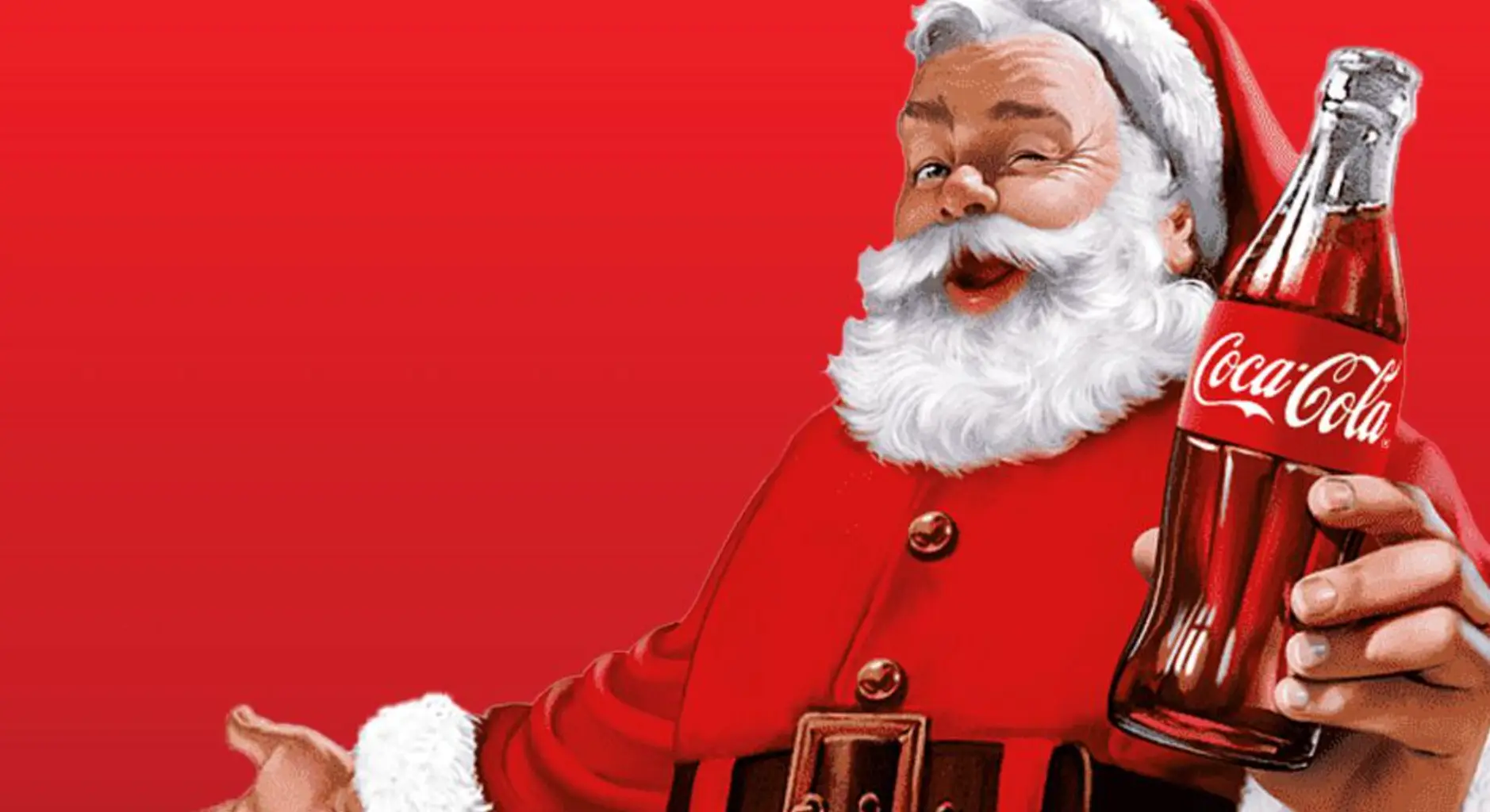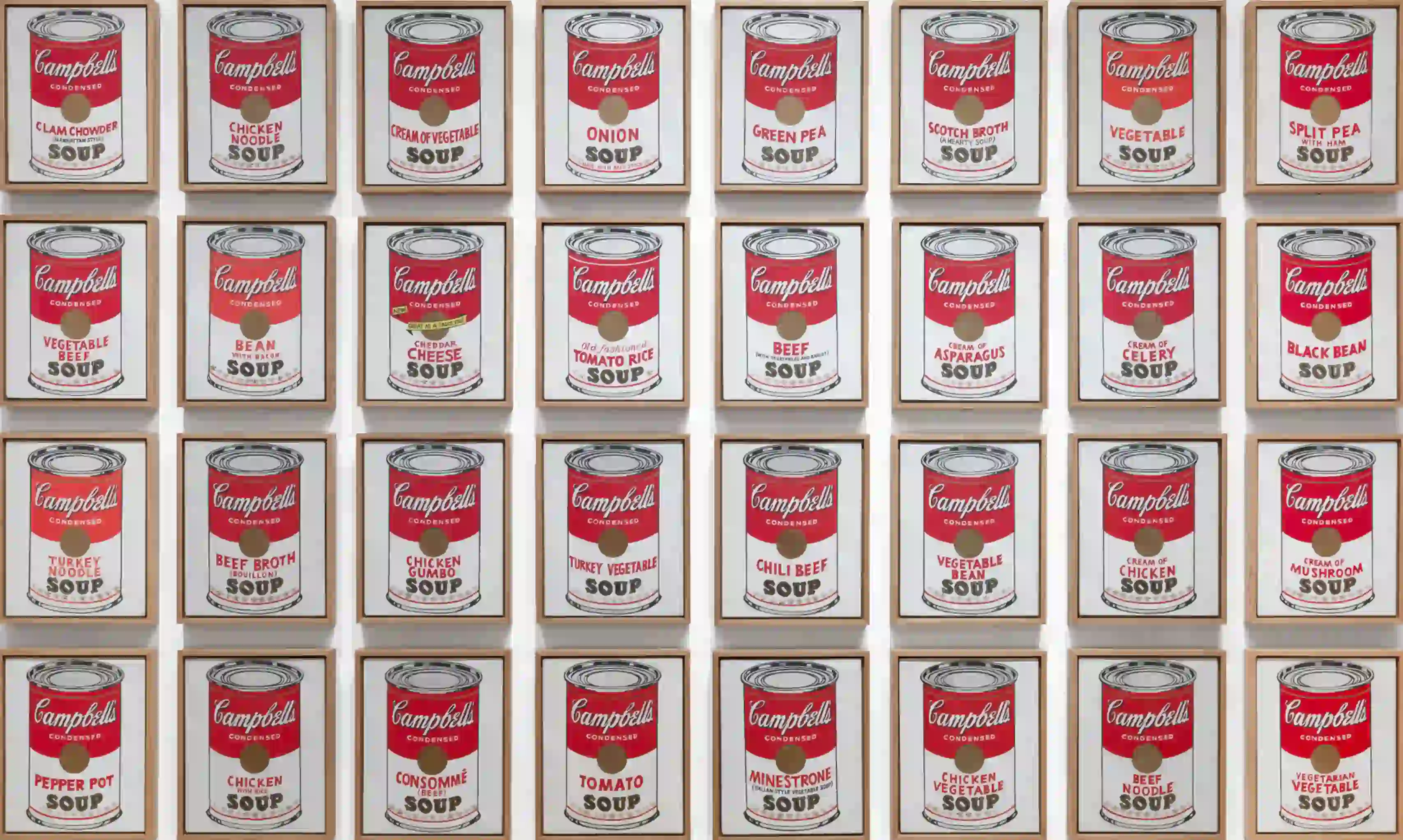What Waitrose’s Mini Christmas Rom-Com Taught Us About Long-Form Video Ads
Updated on
Published on
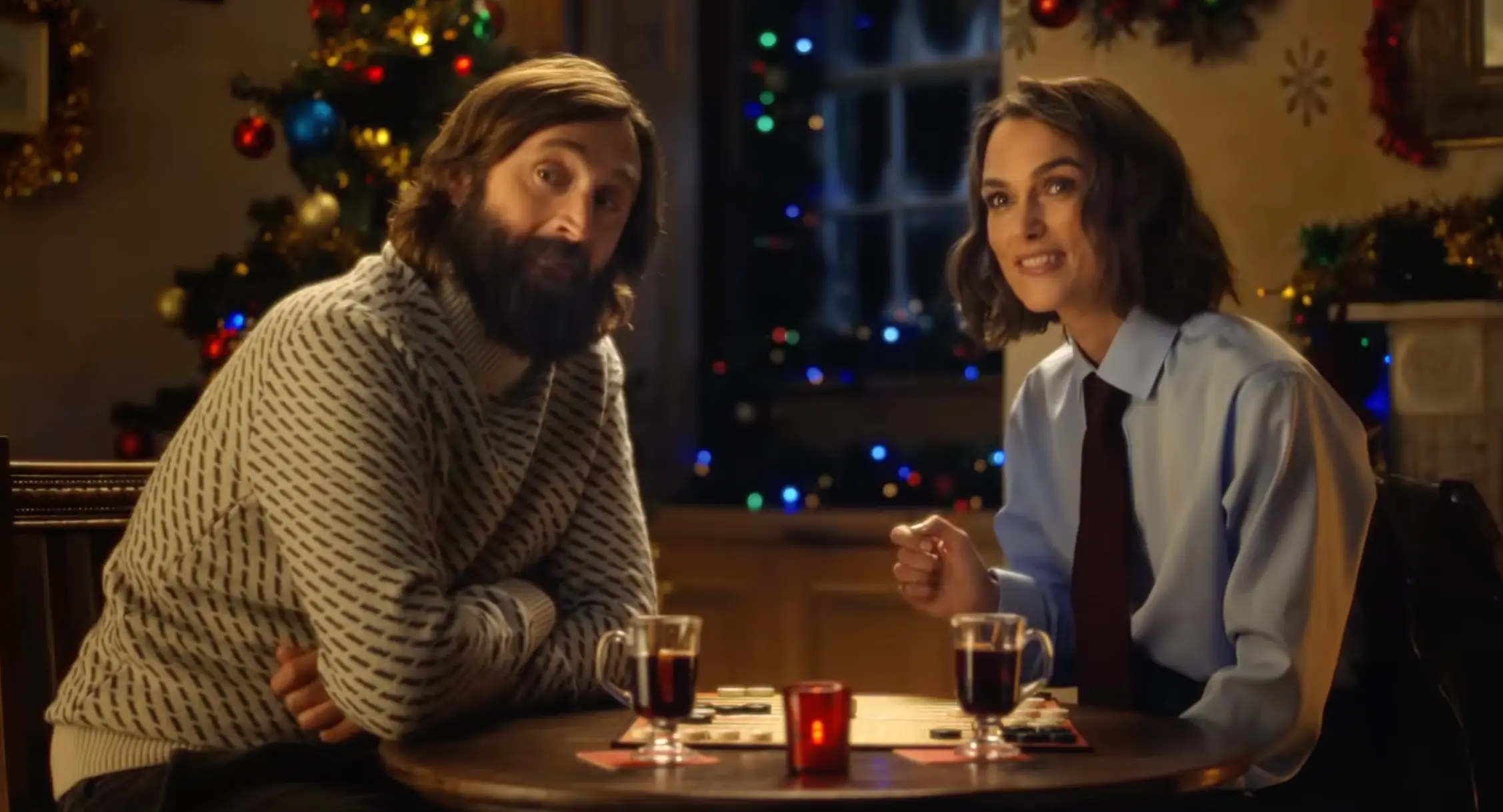
When Christmas ads hit, they usually blur into one stream of cosy shots, charity lines, and price points. This year, Waitrose’s Christmas rom-com cut through by acting less like a commercial and more like a streaming short, complete with a familiar rom-com star, a returning character, and a story that lives and dies on food. The Perfect Gift is not just a festive curiosity, it is a live test of whether long-form video ads are back in a world trained on swipes and skips. The answer, judging by the reaction to Waitrose’s Christmas campaign, is yes when you treat four minutes as a story, not a format.
At a Glance
- Waitrose’s Christmas rom-com The Perfect Gift is a four minute mini movie starring Keira Knightley and Joe Wilkinson, billed as a first of its kind for a UK supermarket.
- The Waitrose’s Christmas campaign brings back Phil from last year’s Sweet Suspicion and gives him a cheese counter meet cute with Knightley, turning the brand world into a tiny rom-com universe.
- Food is the love language and the sales driver, from Sussex Charmer cheddar to a real Waitrose No.1 Festive Turkey Pie lifted straight from the plot and into store. (Creative Salon)
- The media plan treats the full film as the hero and uses TV and social edits as literal trailers, showing how long-form video ads are back as a depth layer on top of short cuts. (Creative Salon)
- For marketers, Waitrose’s Christmas campaign is a blueprint for using cinematic craft and clear product roles to earn minutes of attention, not just seconds.
A Four Minute Rom-Com… For Groceries
Waitrose’s Christmas rom-com, The Perfect Gift, is a four-minute romantic comedy short, billed as a first-of-its-kind Christmas film for a UK supermarket and fronted by Keira Knightley and Joe Wilkinson. It plays like a real mini movie, not an overgrown 30-second ad, and that is the whole point of Waitrose’s Christmas campaign this year. The tone, pacing, and casting make it feel like something you might genuinely sit down to watch, rather than something you are forced to sit through (Creative Salon). That is exactly why so many people are now pointing to this spot as proof that long-form video ads are back when you treat them like entertainment (DesignRush).
- Length is treated as a feature, not a risk, because the story is strong enough to justify it.
- The brand is clearly arguing that long-form video ads are back if they behave like entertainment.
Meet Keira, Meet Phil, Meet Cute At The Cheese Counter
The plot is classic rom-com: Phil, a widower from last year’s Sweet Suspicion ad, meets Keira Knightley (playing herself) over a wedge of Sussex Charmer cheddar at the Waitrose cheese counter, then fumbles his way to a happy ending (Creative Salon). That simple set-up lets the film lean on familiar genre beats while still feeling grounded in the everyday world of a supermarket shop. Keira’s presence plus the Love Actually nods give the film instant cultural shorthand and PR value that stretches far beyond grocery trade press (The Guardian).
- Re-using Phil ties this Waitrose’s Christmas campaign back to 2024 and creates a tiny “Waitrose universe.”
- Keira’s presence plus the Love Actually nods give the film instant cultural shorthand and PR value.
-1.webp)
Food As The Love Language (And The Product Story)
Everything in the story runs through food: the cheese counter meet cute, a biscuit baking montage, and the finale where Phil turns Keira’s nan’s recipe into a real Waitrose No.1 Festive Turkey Pie with “I love you” baked into the crust (Creative Salon). Every emotional beat is anchored in something you can actually buy and cook, which keeps the brand present without feeling intrusive. The line “say it with food” becomes both the emotional idea and the merchandising brief, positioning Waitrose’s Christmas rom-com as a story about food lovers as much as lovers in general.
- The line “say it with food” becomes both the emotional idea and the merchandising brief.
- Almost every key beat is also a product: cheese, biscuits, pie, party food, all shoppable from the campaign hub.
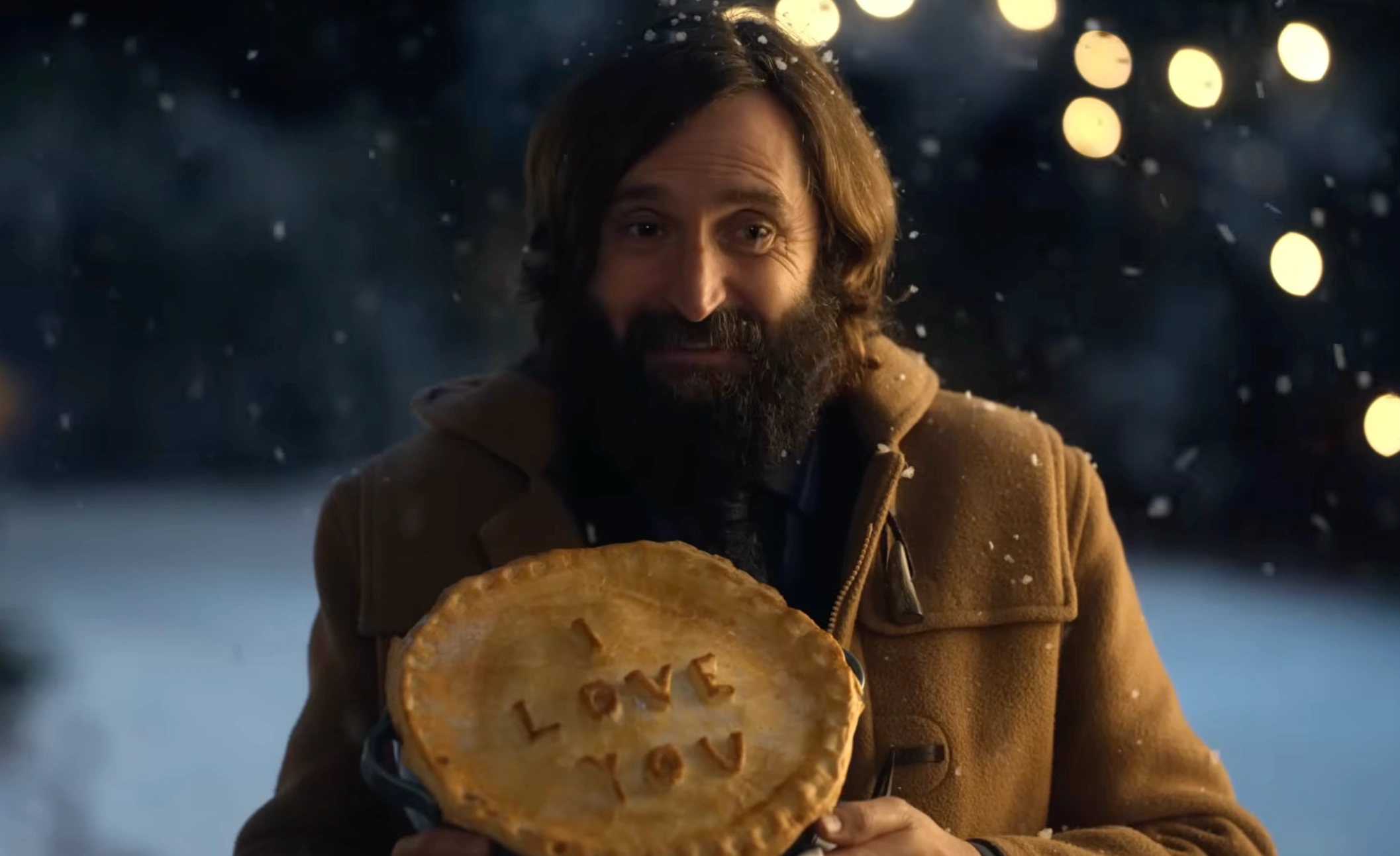
Shot Like Cinema, Not Like Retail
The film is directed by BAFTA winner Molly Manners, who also worked on Netflix’s One Day, scored with James’ She’s a Star, and framed with warm, glossy cinematography that feels closer to a streaming short than a price-led Christmas spot (Creative Salon). Those choices help Waitrose’s Christmas campaign sit comfortably alongside the rom-coms people already binge in December instead of feeling like an interruption. Craft signals matter here: casting, music, and direction all support the idea that you are watching “a rom-com that happens to be for Waitrose” (DesignRush, The Guardian).
- That level of polish is a big part of why people accept that long-form video ads are back in this context.
- Craft signals matter here: casting, music, and direction all support the idea that you are watching “a rom-com that happens to be for Waitrose.”
- That level of polish is what makes a four minute ad something people share, not tolerate.
Trailers First, Film Second: How The Media Plan Works
Waitrose launched the full film online just after midnight, then used 60 and 30-second cuts as literal “trailers” on TV and social to push viewers toward the long version (Creative Salon). It is the reverse of the old model, where the TV ad came first and digital was an afterthought, and it fits how people already watch brand content on YouTube. The long cut lives where people already watch long video (YouTube, connected TV), while trailers do the heavy lifting in broadcast slots and high profile shows (Creative Salon).
- The long cut lives where people already watch long video, while trailers do the heavy lifting in broadcast slots.
- In store and online, the same creative is echoed with “shop the film” layouts and featured SKUs.
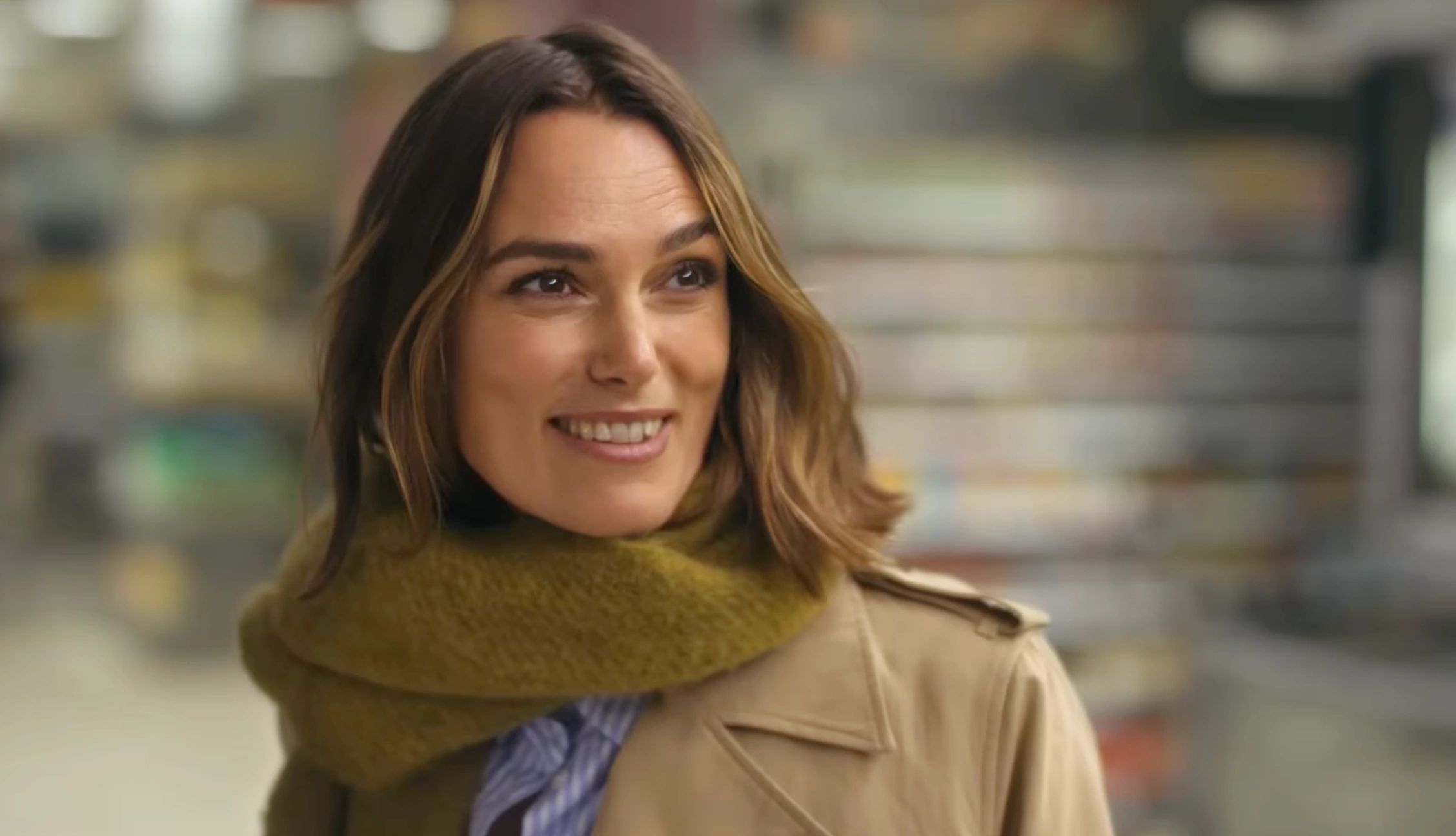
Why Long-Form Video Ads Are Back (Quietly)
Waitrose’s Christmas rom-com lands at a moment when more brands are testing multi-minute YouTube ads and skippable mini movies that perform surprisingly well when the story hooks people. Research on viewing habits shows that a large share of YouTube watch time now goes to long-form content, and that viewers will often stick with videos over 30 minutes when they feel genuinely interested (Sendible). Data from long-form campaigns shows people will watch four to ten minutes or more if the creative feels like content, not a chore, with some brands seeing up to a third of viewers stay for most of a long ad (Advertising Week).
- Long-form is becoming a depth layer: a few great stories on top of lots of short, tactical assets.
- The Waitrose approach proves that if you earn attention emotionally, you can also earn minutes, not just seconds.
.webp)
Lessons For Brands Considering Their Own “Mini Movie”
The big takeaway is not just “make a long ad,” it is “make something that could plausibly exist as a short film even without the logo.” When long-form video ads are back in the way Waitrose’s Christmas campaign suggests, they win because story leads and branding follow naturally. Waitrose’s Christmas campaign works because the brand is baked into the story world, not bolted onto the end card (Creative Salon). Start with genre, characters, and a simple emotional arc, then place your product in the moments that genuinely matter to the plot so it feels like part of the story instead of product placement.
- Start with genre, characters, and a simple emotional arc, then place your product in the moments that matter.
- Plan the ecosystem from day one: a hero film, true trailers, cutdowns, and shoppable touchpoints that all point to the same idea.

What This Means For Your Own Long-Form Experiments
If you are wondering whether long-form video ads are back for your category, Waitrose’s Christmas rom-com is a decent stress test. Ask whether your brand could sit at the heart of a four-minute story without feeling forced, and whether your product could be a believable catalyst for the plot the way food is here (DesignRush). Could your brand sustain four minutes of a story where the product is naturally part of the plot, not a forced cameo? If yes, the format can unlock depth and memorability that 15 second edits rarely reach.
- Long-form is a privilege you earn with craft, story, and clear value, not something you grab by default.
- When it lands, it gives you a hero asset that can feed PR, social, retail, and performance creative all season.
.webp)
FAQ
What is Waitrose’s Christmas rom-com actually called?
It is titled The Perfect Gift, a four minute Waitrose’s Christmas rom-com fronted by Keira Knightley and Joe Wilkinson. The name reinforces the idea that the “perfect gift” is both emotional closure and great food.
How does Waitrose’s Christmas campaign use the film in practice?
The long cut sits online as the hero, with shorter trailers on TV and social plus in-store and online merchandising built around key food moments (Creative Salon). That structure turns Waitrose’s Christmas campaign into a cohesive ecosystem instead of a single broadcast spot.
Why are people saying long-form video ads are back?
Campaigns like this, plus multi-minute YouTube work from other brands, show that audiences will watch longer if the work feels like entertainment. The success of Waitrose’s Christmas rom-com gives marketers a fresh proof point that long-form video ads are back when they earn attention.
What makes Waitrose’s Christmas rom-com different from a normal festive ad?
It leans fully into rom-com storytelling, with returning characters, a mini cinematic universe, and food as the core love language, rather than just a price-driven montage (The Guardian). That makes Waitrose’s Christmas campaign feel like a piece of culture, not just a seasonal reminder to buy.
Should every brand copy this long-form approach?
Only if you have a story and world strong enough to carry the time, and a clear plan to turn that attention into product discovery and sales. If the idea is thin, forcing long cut just because long-form video ads are back will only test your audience’s patience.



